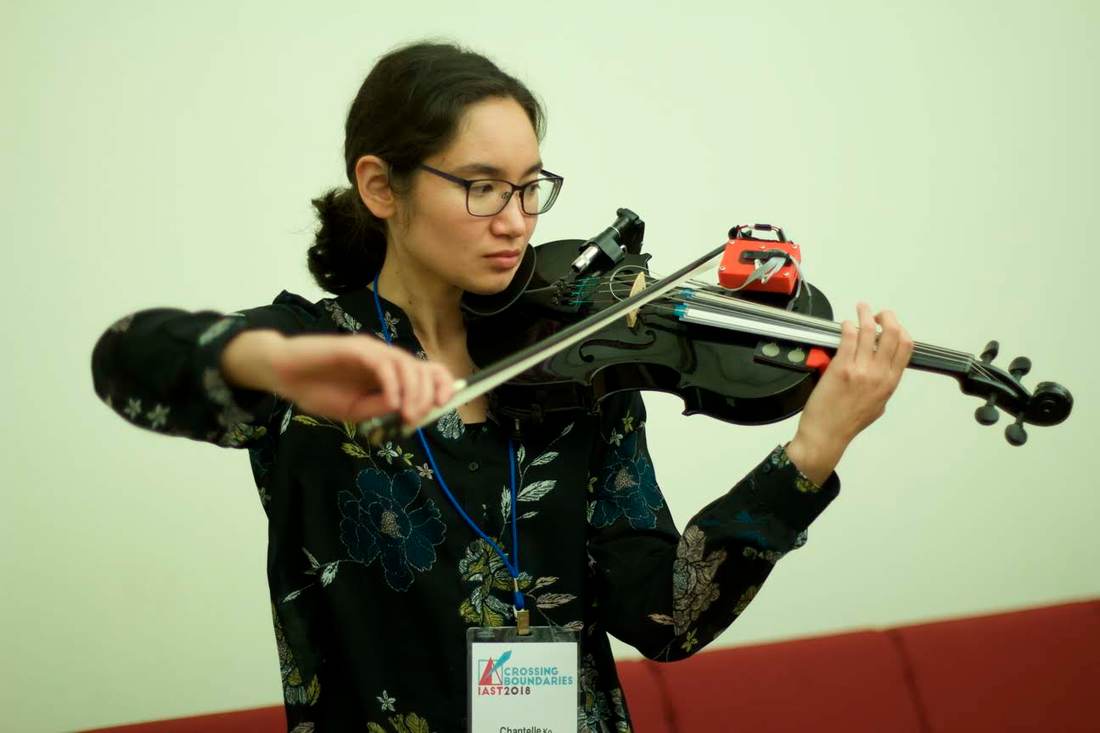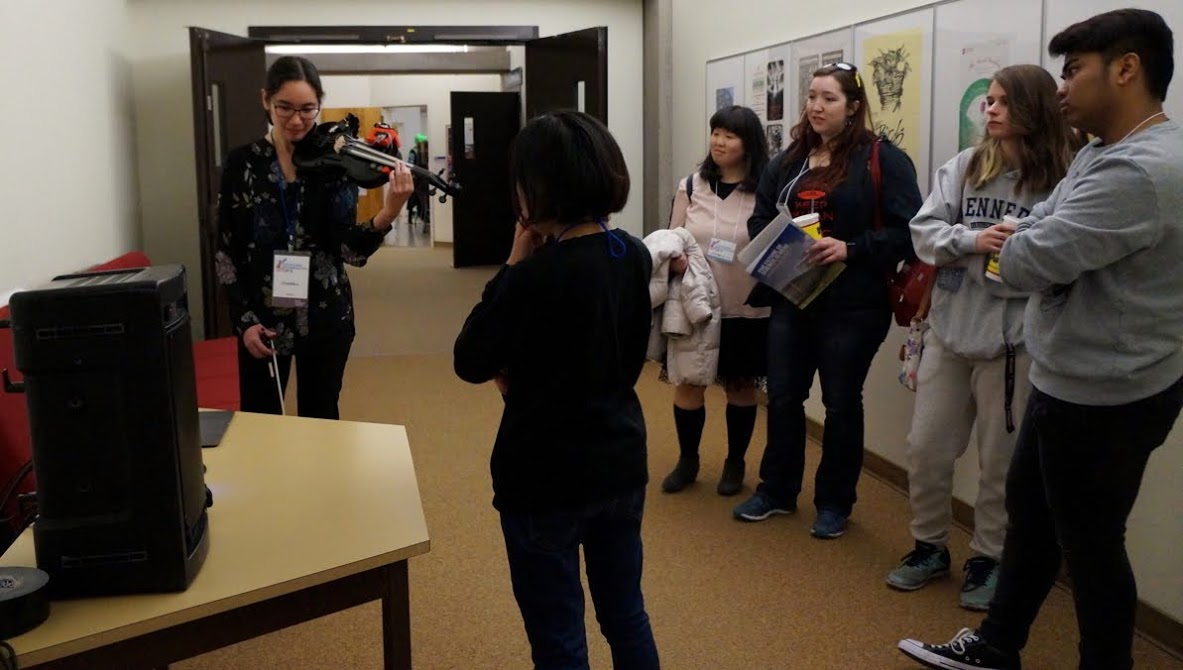|
I needed to tweak the values I was getting from the softpots because they were being received in the opposite direction from what I had originally thought. I had also made it so when my finger releases, no matter which setting I am on, the values snap back to 0. I had also made fx presets for the piece I will present at the WinterBang! Festival.
I added an "artificial string" with the [sogs~] object. I recorded a sample of my open G string, and used the sogs built in pitch shifting so that I can "play" the first softpot without needing to actually play the instrument. After recording the demo video I had changed it so that when my finger releases the softpot, the artificial string stops playing. I had also programmed it so that the artifical string stops when the first fx preset started, and then came back in for the last preset. After I watched the video, I think I'm going to leave it in for longer. I also added live recording and playback capabilities. Instead of having to press the FSR to start recording every individual snippet, I have it set so I can trigger the recording once, and it will record four short 10 second segments one after the other. For playback, each segment does need to be triggered individually. I have found in combination with the delay effect throughout the presets, layering recordings on top of each other blends in really nicely.
1 Comment
I tried out the interface for the first time. SO EXCITING!!!! My Max MSP patch needs some fine tuning, but the hardware is working perfectly! I slipped the wires underneath the bridge so that they would not be in the way of the bow and strings. Still need to get a clip to be sure that as the wires come around, my bow doesn't hit them while I am playing on the G string. Now I'll be planning out a demo for Bang! Festival.
Yesterday and today I glued the FSRs to the plastic they'll be permanently attached to, I attached the sensors to the wiring with shrink wrap, soldered the circuitry, and bolted down the Arduino. Almost there!
I originally thought it would be best to bolt a piece of wood onto the other chin rest mount. However, I found it was best to take an extra side that came with the box, hold it under the post, and place the post upside down. That way it stays as close as possible to the violin and it is out of the way of my left hand. It also will allow for the wiring to slip under the fingerboard to the box. The piece of wood I got proved to still come in handy because it will allow for the Lilypad to be bolted down into the box.
I also used a different breadboard to make the wring less confusing when all four sensors are attached. Yesterday, I had finished the basic programming for the four softpot presets: added together as one strip, one strip with reversed values, separate strips, and separate with reversed values. We drilled a hole in the box that will hold the arduino and mounted it on my violin via one chin rest post. Due to the length of the head of the bolt, I had to use the 4 height setting of the Wittner mount so that way the bolt does not dig into the violin. I found that since the box is light, one post is enough. This is great because it means instead of sticking the FSR's directly onto my violin, I can use a piece of wood and mount the FSR's on with the other post. It is also a really good thing that the box is easily detachable because the violin does not fit in its case with the box attached. This affects how I will later hook up all the necessary circuitry because I'll need it to be able to easily and quickly assemble and disassemble.
I had measured how far I can place the 200mm soft pot along the fingerboard without the open string hitting it. It actually goes a lot farther back then expected. If I was in first position on the G string, my 2nd finger first hits it in between a Bb and a B. I believe this makes placing the 150mm soft pot along the side of the neck arbitrary, so I have ordered another 200mm and will have two soft pots placed under my strings. I had also tested the the soft pot's and FSR's data coming in on adjacent analog petals. There is no bleeding of data from the soft pot into the FSR like there is when two soft pots are hooked up to adjacent petals. There is something about the FSR that grounds it better. This means that I will hook up my sensors in the following order: soft pot, FSR, soft pot, FSR. I bought a second FSR. And it works beautifully. My plan is to have one FSR bang presets for which sound fx are being used. The other will decide between four setups for the soft pots: the two soft pots are working as a single strip, independently, reverse the scaling as a single strip, or reversed and they are independent. This will allow for more creative possibilities, for example, if the two soft pots are separated, they can control different fx. If the scaling can be reversed at will, the fx can both (for examples sake) be either wet or dry while playing in the same position, based on the setting the player chooses.
There is no bleeding of data when they are setup like in the picture. However, I remember there is bleeding data when it came to the soft pots being side by side. The solution was to place them a petal apart and ground the petal in between. With only four analog petals, and four sensors, this may be a problem. I had left my soft pots at UBC, so I will test them out when I return tomorrow. |
Welcome to the TRAVIS blog!If you would like to see a summary of my work, please click here. Archives
May 2022
Categories |
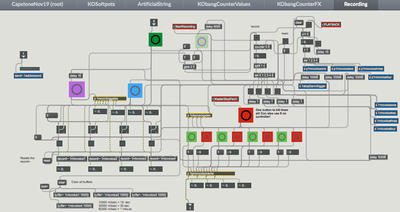
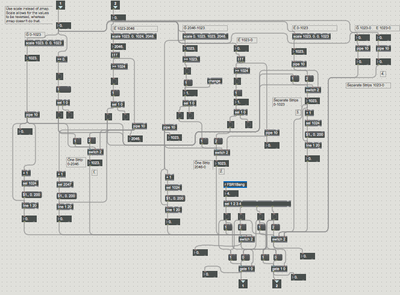
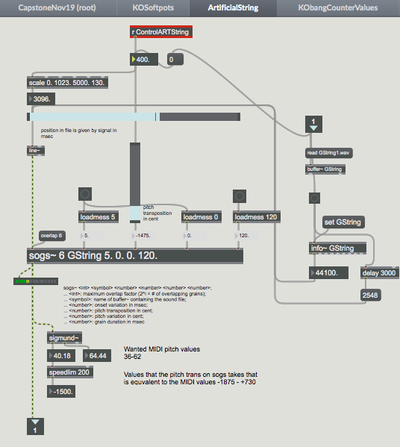
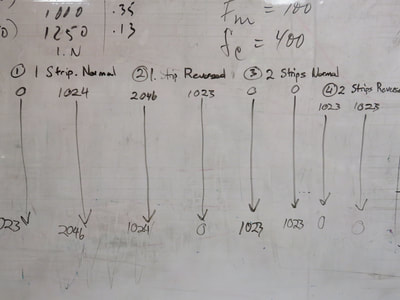
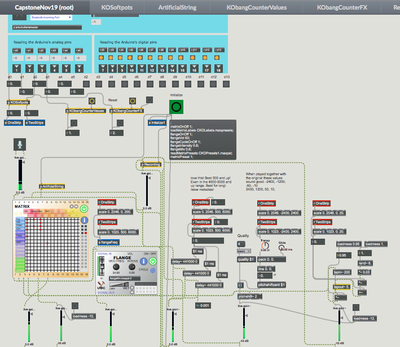
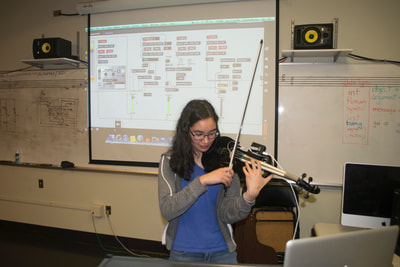
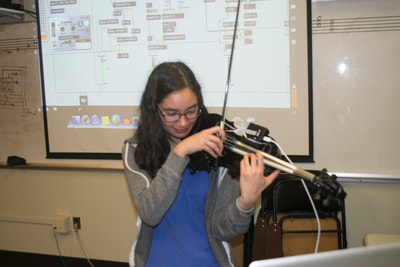
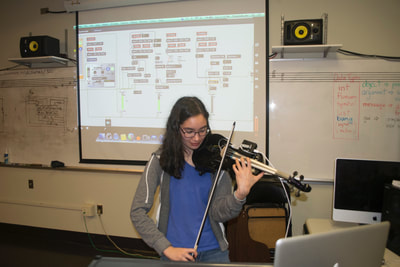
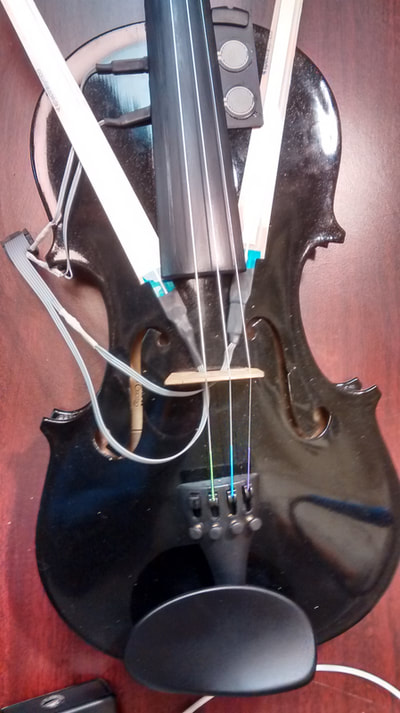
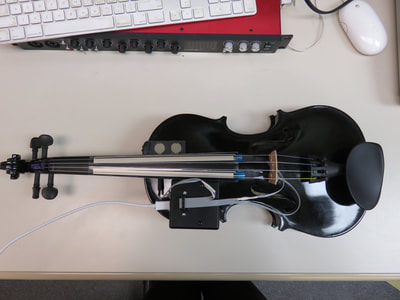
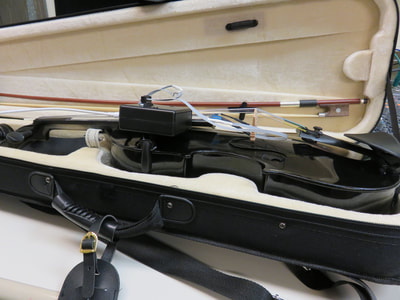
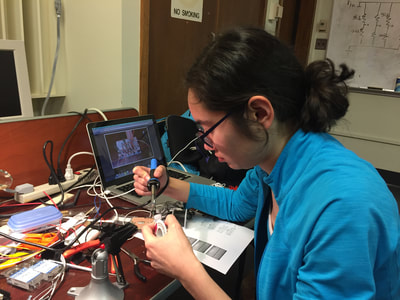
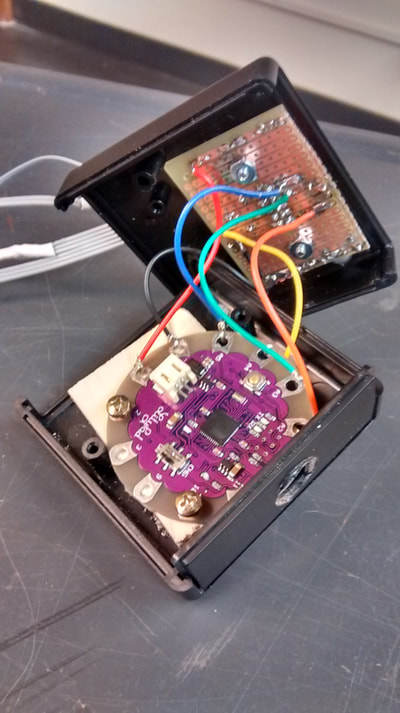
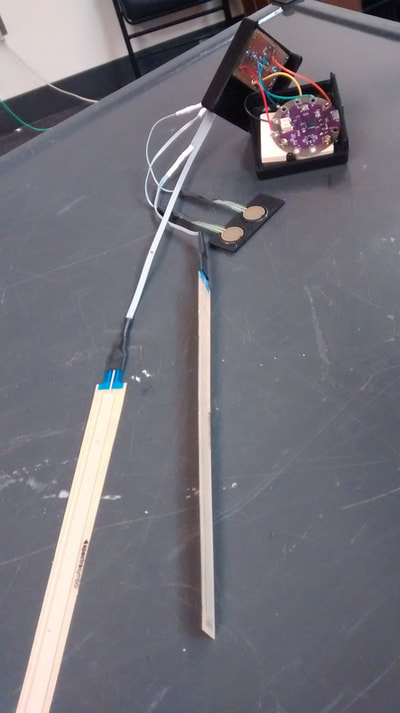
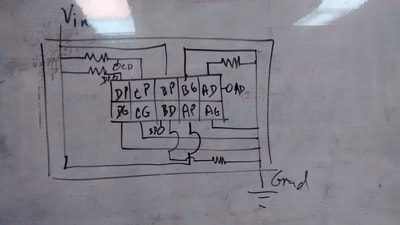
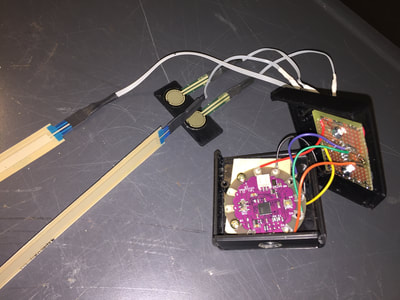
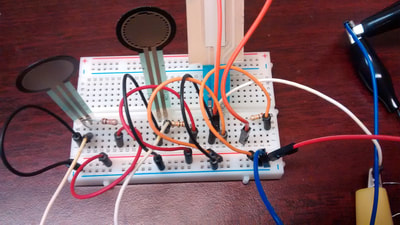
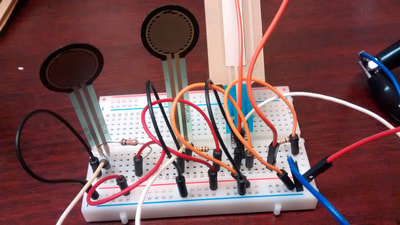
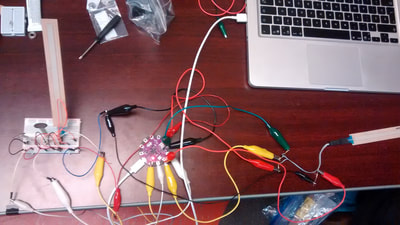
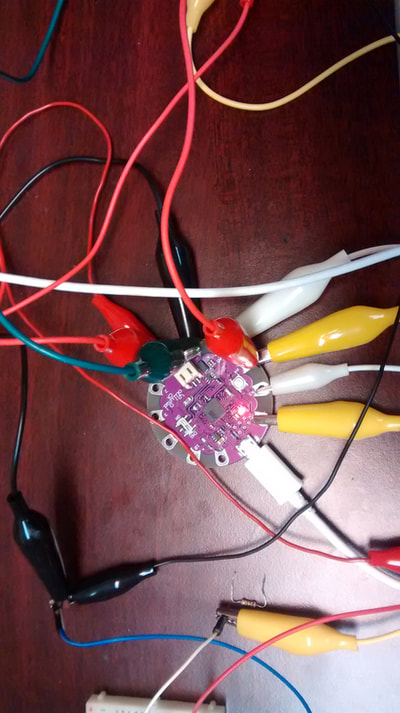
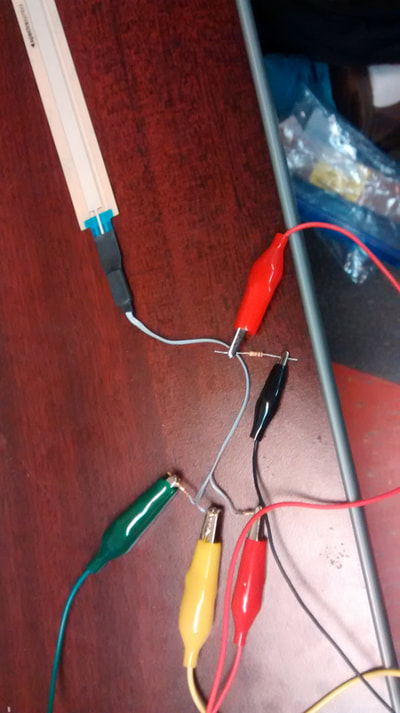
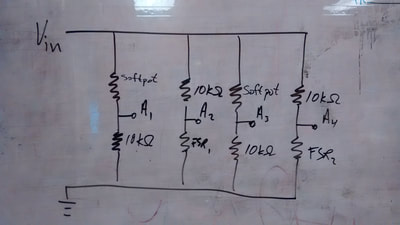
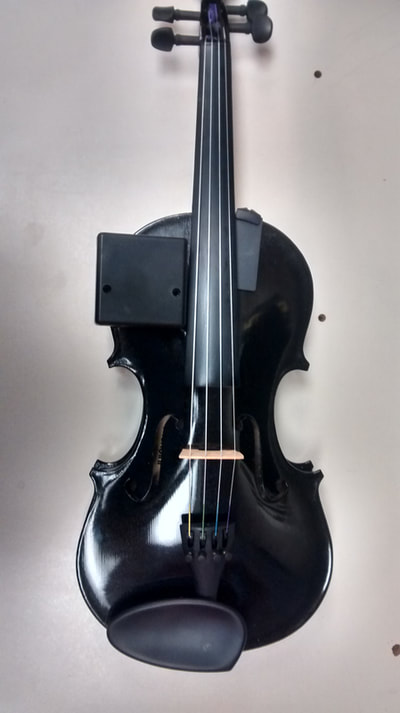
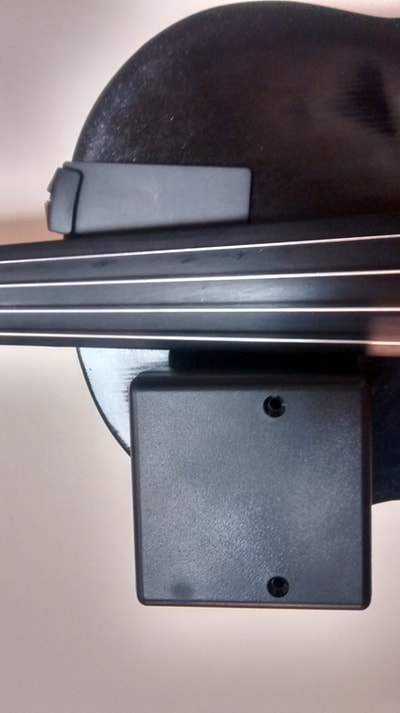
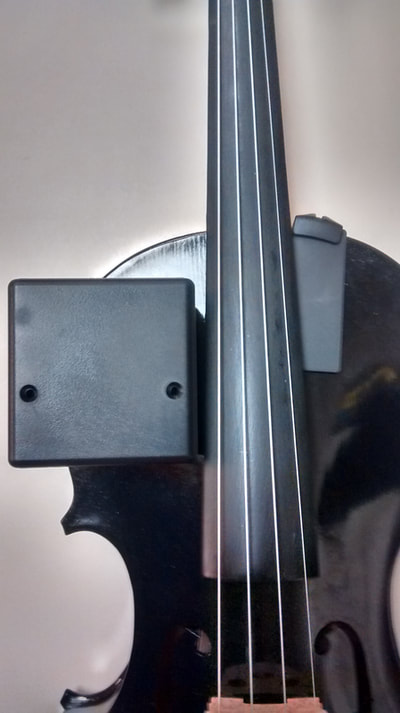
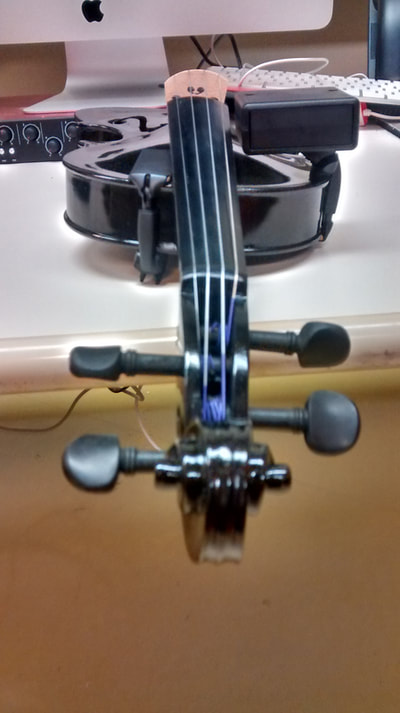
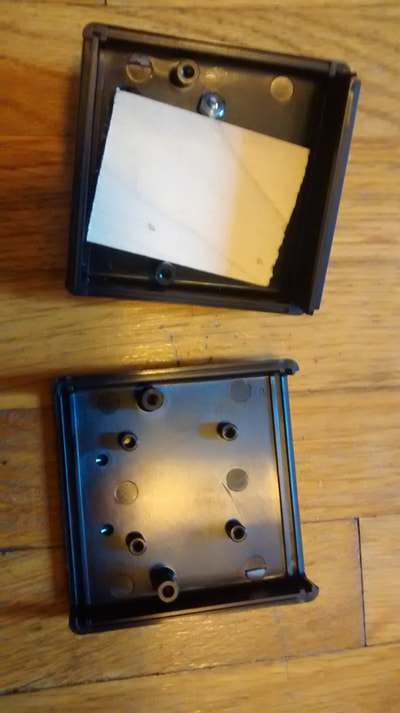
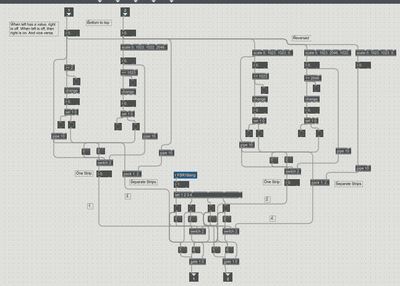
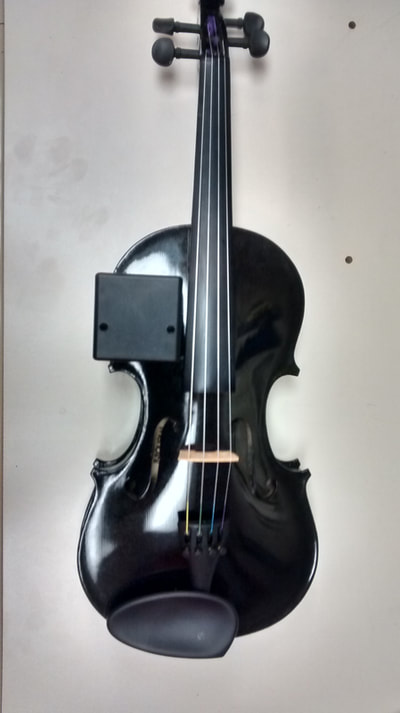
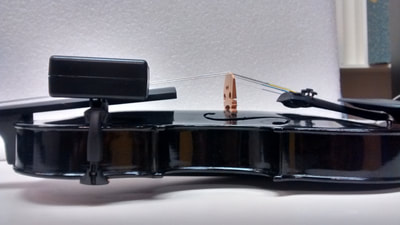
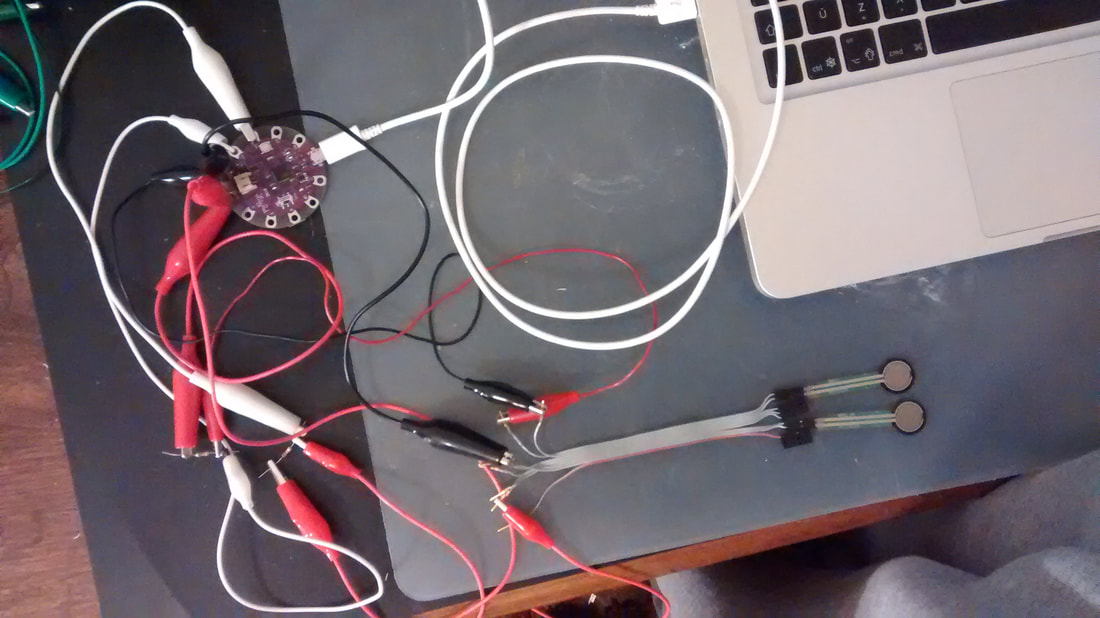
 RSS Feed
RSS Feed

